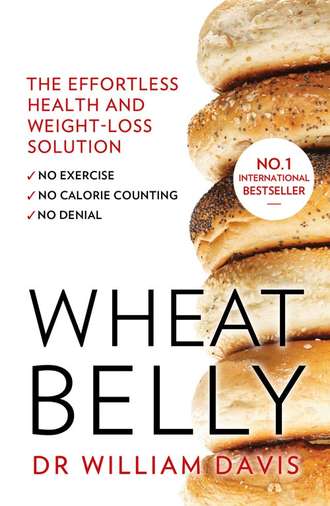Wheat Belly

Полная версия
Wheat Belly
Жанр: зарубежные любовные романысовременная зарубежная литературакулинарияздоровое и правильное питаниемедицина и здоровье
Язык: Английский
Год издания: 2019
Добавлена:
Настройки чтения
Размер шрифта
Высота строк
Поля
Конец ознакомительного фрагмента
Купить и скачать всю книгу

